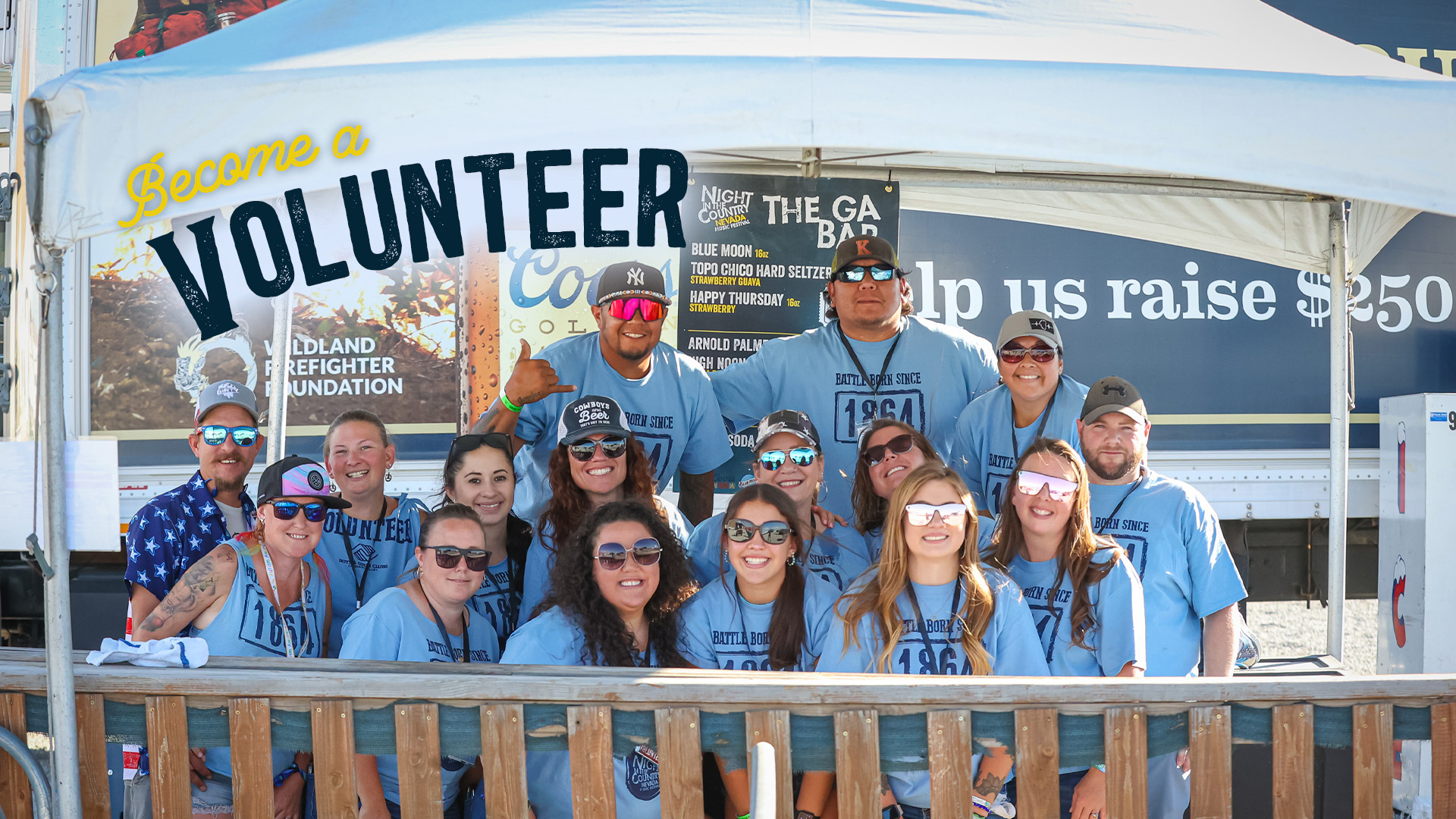As you gear up to host a successful event, you need to find reliable and helpful event volunteers....
Volunteer recruitment strategy: Best practices
Finding event volunteers takes planning, clear communication, and a strong volunteer recruitment strategy. Focus on building a great volunteer base by sharing the value of these roles and using easy-to-understand steps.
Table of contents
- The volunteer recruitment challenge
- Building your recruitment strategy
- Creating compelling volunteer opportunities
- Where to find quality volunteers
- Application and screening process
- Retention starts with recruitment
According to AmeriCorps, about 28% of Americans volunteer each year which means there's a large group of people to attract as volunteers. It also means you need a simple, effective process to attract new team members and keep your dedicated volunteers.
If you use a good volunteer management software, you can make recruitment and organization easier.
The volunteer recruitment challenge
Bringing in event volunteers isn’t always easy. Many volunteer recruitment plans struggle because of busy schedules, unclear job descriptions, and tough competition from other volunteer programs. Start with these common challenges:
- Not enough time for planning your recruitment strategy
- Competing with other events and staff members
- Weak job descriptions that confuse prospective volunteers
- Poor follow-up after someone expresses interest
Building your recruitment strategy
Start your volunteer recruitment strategy early. Good planning helps you build a strong team and cover every volunteer shift. Here’s a simple timeline for your next event:
- 6 months before: Decide on your needs, develop job descriptions
- 4 months before: Begin outreach and collect contact information
- 2 months before: Match volunteers to shifts with management software
- 1 month before: Train volunteers and send updates
A clear volunteer recruitment plan outlines the duties, required skills, and support needed for each role. Aim to recruit at least 15–20% more volunteers than you need to cover last-minute changes or no-shows. Some event management software, like Eventeny, even offers tags, which are notes organizers can attach to volunteer profiles to track important details. For example, tags can help you remember who to re-invite or who may not be the best fit. Common tags include:
-
Do not contact
-
Missed shift
-
Star volunteer
Learn more about how tags work here.
What should you include in a job description?
- Tasks for the role
- Expected hours and shift details
- Skills or experience needed
- Physical demands (standing, lifting, etc.)
- Training or support available
- Any perks or access to volunteer grant programs
Creating compelling volunteer opportunities
The best way to build a team of dedicated volunteers is to make roles appealing and easy to understand. Show how volunteers support your mission and how their work matters. Many people volunteer because it feels good, builds skills, and helps them meet new people.
66% of volunteers give their time to improve their community, and 83% do so to contribute to a cause they care about. (Sterling Volunteers). Use this insight to promote your volunteering events.
How to make volunteering attractive:
- Share stories from volunteers and testimonials from past team members
- Thank volunteers in public and offer team perks
- Give early access, free merchandise, or other small rewards
- Offer several different shifts and roles so people have choices
Consider different levels in your volunteer program:
- Day-of-event volunteers (4–8 hour shifts)
- Ongoing or committee roles
- Team leaders and volunteer coordinators
- Ambassadors who help with recruitment
Where to find quality volunteers
A great volunteer recruitment strategy uses many channels. Reach out to new and returning volunteers by trying several options:
Local sources:
- Community centers
- Colleges or universities (students often need volunteer hours)
- Clubs and associations
- Faith-based groups
Online tools:
- Post opportunities on VolunteerMatch volunteering events and JustServe local projects instead of just the homepages.
- Use targeted social posts with strong calls to action
- Send emails to your volunteer base and past team members
Many companies run volunteering events and offer volunteer grant programs. Build partnerships with local businesses, and thank them openly for their volunteers’ support. Recognize these contributions to boost long-term relationships.
Application and screening process
To grow your pool of prospective volunteers, make the application process fast and simple.
What to ask for in applications:
- Full contact information and best way to reach them
- Talent, experience, and job or volunteer history
- Dates and times they can work
- Any physical or scheduling limits
- Emergency contact details
Match volunteers with the right shifts and roles based on their skills and interests. When you meet new team members, explain their role right away, and ask questions about their needs. For leadership roles or those handling money, you might want to do simple interviews or ask for references.
Screening tips:
- Match volunteers to jobs that fit them best
- Confirm their availability and dates for each volunteer shift
- Review any special requests or needs
- Connect volunteers with a coordinator so they know who to contact
Retention starts with recruitment
A successful volunteer recruitment strategy focuses on the long term. Show appreciation right from the start so your volunteers will return next year. Welcome new team members with a friendly note or a small packet about the event and their job description.
Assign a volunteer coordinator to build connections, offer ongoing support, and keep in touch before and after your event. Host thank-you events and regularly share updates about your work. After the event, send a post-event survey to collect volunteer feedback and ideas.
A simple alumni program for past volunteers is an easy way to keep your volunteer base strong and ready for your next event. This also supports future recruitment efforts.
Building your volunteer community
Your volunteer recruitment plan shapes your event’s success. A clear approach, combined with a good volunteer management software, helps you find, match, and support dedicated volunteers. Keep your communication open, calls to action clear, and show appreciation at every step.
Stay focused on simple steps, and you’ll build an event volunteer program that keeps growing year after year. With the right tools and care, volunteers will support your mission long term!




